One day, I was casually walking down the snack aisle of a supermarket in Japan when something had caught my eye. I picked up what seemed like the classic mushroom shaped chocolate treats ‘kinoko no yama’ which I had grew up eating as a child, but this box read ‘otona no kinoko no yama’ or ‘adult’ kinoko no yama. Compared to the bright and comical packaging that I was familiar with; this box was graced by a moody dark brown hue with the caption reading ‘aromatic cocoa and crunchy pretzel.’
Growing up in Australia, I had access to Japanese food products at my local Asian grocery store, and I would often visit with my friends after school to buy afternoon snacks. However, I had never encountered any ‘adult’ version of snacks which probably could be accounted for due to extremely limited stock. Also, in Australian supermarkets, I had never seen food products specifically advertised for the adult demographic, so I was very intrigued by this Japan-exclusive marketing method of promoting snacks.
After conducting some research, I learnt that Meiji was the first to develop and launch ‘adult’ snacks with their long seller ‘kinoko no yama’ and ‘takenoko no yama’ in 2013 . The release of this product was a catalyst to this trend as many major food companies followed suit and the trend blew up in 2016.
This marketing method of tweaking the flavour and ingredients and re-branding classic snacks as ‘adult’ is correlated with a demographic shift in Japan which I will explain in more detail later. First, I want to showcase some interesting ‘adult’ food products I discovered and provide comparisons to their original. I realised that the ‘adult’ category wasn’t limited to just snacks!
1. Pocky
Pocky can be considered as one of the most staple and popular Japanese snacks of all time with countless Pocky fans all over the world. Glico created a premium adult version of Pocky introducing ‘Adult Amber’ and ‘Goddess’ Ruby’. Drastically different from its original simple flavour and packaging, the adult version with cylindrical packaging and an elegant colour scheme is intended to be consumed with a side of whisky (for Adult Amber) or wine (for Goddess’ Ruby). The ‘Adult Amber’ uses a pretzel kneaded with malt extract dipped in a thick bitter chocolate coating. On the other hand, Goddess’ Ruby uses a pretzel kneaded with 2 types of cheese, pepper and cloves coated with berry aromatic chocolate.
Original Pocky: 2 packets 17 Pocky each, price= around 150yen
Adult Pocky: 6 packets 17 Pocky each, price= 998 yen
pocky official site:https://www.pocky.jp/
otona pocky:https://cp.pocky.jp/otona/
2.Chocoball
Chocoball; crunchy biscuit balls coated in chocolate, is known for its cute and recognisable bird mascot. Unlike the Pocky packaging, the adult version of this snack is still very recognisable as it is still endorsed by the same mascot. However, the adult version utilises a monotone colour scheme and incorporates a plastic pouch packaging instead of small cardboard boxes. Perhaps, the biggest difference in these 2 products is the size of the biscuit balls itself. The adult variant is 2.5 times bigger than the original, making it more satisfying and filling snack experience for adults.
Original Chocoball: 24g (peanuts), 27g (caramel), 24g (strawberry), price =76 yen
Adult Chocoball: 56g (peanuts), 50g (chocolate), 54g (strawberry), price= 173yen
chocoball official site:https://www.morinaga.co.jp/kyorochan/
3.Fanta
A new product released in March 2020, Coca Cola released a ‘Fanta premium’, a ‘soft drink’ specifically targeting the age demographic between 30 and 40 years old. As the consumption of soft drinks generally declines with increasing age, Coca cola tried to recapture this segment by producing a drink that utilised a grape puree with increased carbonation, enhancing the grape aroma, akin to a fragrant wine and fizzy satisfaction.
Fanta premium grape: 380ml, price=150yen
Fanta grape: 500ml, price = around 84 yen
fanta official site:https://www.fanta.jp/
4.Ramune candy
The candy by Morinaga with the small tinted plastic bottle and mini ramune candy sparks nostalgia in me as I often shared these with my friends at school when I was a child. However, the adult version undertook a drastic change converting to a plastic pouch packaging, similarly to Chocoballs. The adult ramune candy is also 1.5 times bigger and consists of 90% glucose which is said to provide you with more energy and increase brain function. Ehara Atsuko from Morinaga Marketing department , states how seeing the small ramune you ate as a child grow into a bigger size, makes you feel as if it grew up with you. Reiterating the sentiment that many would feel reflecting with nostalgia of their childhoods with the candy.
Original ramune candy: 29g, price=70yen
Adult ramune candy: 41g, price=100yen
Ramune candy official site:https://www.morinaga.co.jp/ramune/
5.Ice no Mi
Ice no mi is one of my personal favourites and these ‘one-bite gelatos’ are originally available in a range of fruity flavours such as grape, pear, peach etc. The adult edition on the other hand is uniquely a non-fruit flavour consisting of a rich milk chocolate and Hokkaido ice cream. Compared to the refreshing and juicy texture of the original ice no mi, the rich and creamy texture exuberates a luxurious chocolaty treat. The adult version also has the benefit of including 28mg of GAMA which is said to help relieve stress, a perfect way to end your evenings.
Original ice no mi: 12 balls, price = around 126yen
Adult ice no mi: 12 balls, price= around 194 yen
Ice no mi official site:https://jp.glico.com/ice/icenomi/products.html
What is so ‘adult’ about these products?
After examining a wide range of different ‘adult’ food products currently available in the Japanese market, I realised that there are a few major commonalities amongst them. The use of a toned-down colour palette is a reoccurring theme we see amongst these items as many incorporate monochromatic colour schemes of dark reds and browns to enhance the sense of maturity and luxury. This eliminates the child-like and comical tone of the original packaging making it easier for adults to carry around without embarrassment. Although the colours have changed, many still stick to their old mascots and logos in order to tap into the feelings of nostalgia and take advantage of their prior positive associations with the brand.
The products also often use premium and high-quality ingredients in order to attract the adult market who are more conscious of what they consume. The flavours are usually modified by toning down the sweetness or incorporating herbs and spices to add more depth.
Furthermore, the higher price is reflective of better, higher quality ingredients, but is also indicative of the company’s desire to create a product that is perceived as ‘premium.’ Compared to kid’s high frequency of consumption, companies want adults to enjoy their products to ‘treat themselves’ whether it be after a long busy day of work or to relax with a glass of wine. The pouch packaging is also reflective of a busy adult’s lifestyle, making it easier to consume and reseal on the go, suitable for carrying in bags.
‘Ageing’ products correlated with the Ageing population
These snacks, beverages and ice creams introduced in this article were much-loved products that many adults consumed as a child but gradually forgot about or grew out of as the years went by. Many companies are trying to recapture this lost customer base, working to shift the image that snacks are for children-only by introducing new styles of consumption.
One major reason for the rise of this trend in recent years is correlated with the aging population and the decline in Japan’s fertility rate. In 2019, more than 20% of Japan’s population was over 65 years old and this is predicted to rise to 1/3 over the age of 65 in 2030. With the younger demographic rapidly decreasing in size, many companies were forced to re-target their products in order to maintain sales figures.
As this older demographic continues to increase in size and the adult snack market becoming more saturated, there will be a stronger demand for Japanese food companies to come up with newer and more innovative branding methods to attract this demographic. For example, many companies have hopped on the health-conscious trend specifically targeting female adults, creating products that are low-calorie and healthier alternatives to traditional snacks.
I am excited to see what new ideas companies will come up with as this market grows!


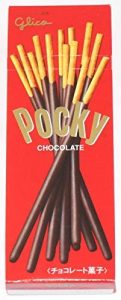
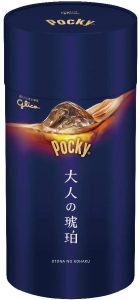
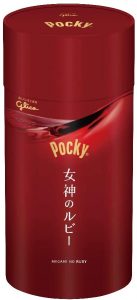
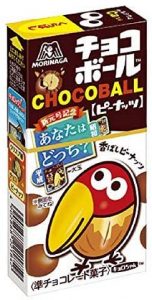
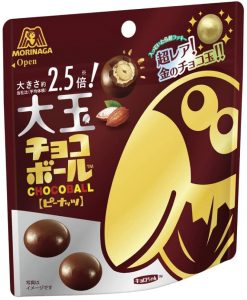
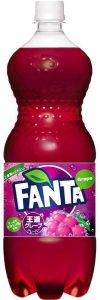


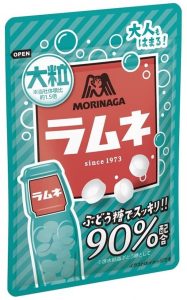
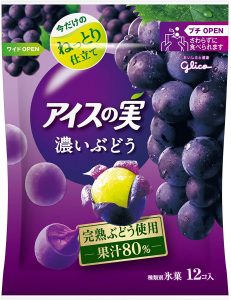
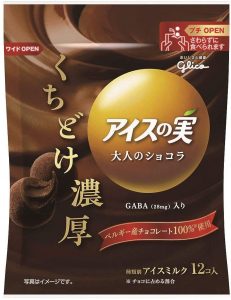
Comments